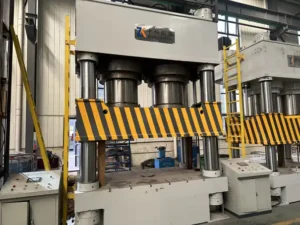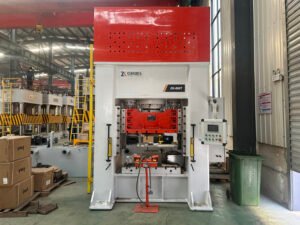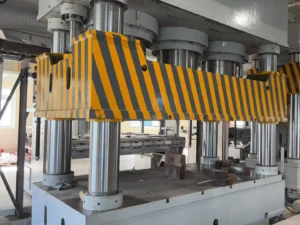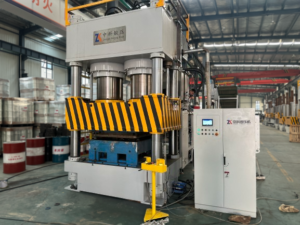In the production of molded wood pallets, the moisture content in the wood chips plays a crucial role in determining both the production process’s efficiency and the pallets’ final quality. At PalletsBiz, we understand the importance of optimizing every aspect of the molding process to deliver high-quality products. This article explores the significance of wood chip moisture and its impact on the molded wood pallet production process.

1. Understanding the Role of Moisture in Wood Chips
Wood chips are a key material used in the production of molded pallet. When wood chips are fed into the molding process, they undergo heat and pressure to form a solid pallet structure. However, the moisture content in these wood chips affects how well they bond together under heat and pressure.
Moisture Content and its Effects:
- Too High Moisture: If the moisture content is too high (typically above 15%), the wood chips will not bond properly during the molding process. Excess moisture leads to uneven heating and insufficient compaction, resulting in weak or brittle pallets.
- Too Low Moisture: If the moisture content is too low (below 5%), the wood chips may not fully absorb the heat required for proper molding. This can lead to inadequate bonding and reduced strength, making the pallets prone to cracking or breaking.
2. Scientific Studies on Moisture Content in Wood Chips
Several studies highlight the importance of optimal moisture content in wood chips for improving the quality and yield of molded pallet. According to a study published in the Journal of Wood Science , the moisture content of wood chips significantly influences both the physical properties and the processing behavior of wood during the molding process.
A study by Zhang et al. (2020) found that an optimal moisture content of around 10-12% yielded the best results in terms of both bonding strength and pallet durability. This range of moisture content ensures that the wood chips have enough moisture for effective bonding while not being too wet to cause inconsistencies in molding.
3. Data on Moisture Content and Production Efficiency
The relationship between moisture content and production yield is also evident in industry data. Research conducted by the University of Maine in 2018 (Link: https://digitalcommons.library.umaine.edu/etd/3155/) showed that wood chips with 8-10% moisture content resulted in a 20% increase in production efficiency compared to those with higher or lower moisture levels. This efficiency boost is largely due to the more uniform molding process, which reduces downtime and material waste.
4. Impact on Pallet Quality
The impact of moisture content extends beyond just production efficiency. Molded Pallet made from wood chips with optimal moisture content show better durability, strength, and resistance to environmental factors like humidity and temperature changes. This leads to longer-lasting products that are more reliable for transportation and storage.
Key Quality Benefits of Optimal Moisture Content:
- Improved Bonding Strength: Proper moisture helps the wood chips bond effectively under heat and pressure, leading to stronger pallets.
- Reduced Cracking: With the right moisture levels, wood fibers are less likely to crack during the molding process, resulting in smoother and more durable pallets.
- Enhanced Dimensional Stability: Proper moisture ensures that the molded pallet maintain their shape and size over time, reducing the risk of warping or distortion.
5. Conclusion and Best Practices
Maintaining the optimal moisture content in wood chips is essential for maximizing production efficiency and ensuring high-quality molded wood pallets. Based on industry research and data, we recommend the following best practices:
- Monitor Moisture Levels Regularly: Invest in moisture meters to ensure the wood chips are within the ideal 8-12% moisture range.
- Adjust Moisture Levels Before Molding: If the wood chips are too dry or too wet, adjust the moisture content using a moisture conditioning system to ensure a consistent molding process.
- Regular Testing and Quality Control: Regularly test the final product for strength, dimensional accuracy, and durability to ensure optimal moisture content leads to the desired quality.
At PalletsBiz, we offer advanced equipment that ensures precise moisture control during the molding process. Our molded wood pallet machines can be customized to meet the specific needs of your production line, helping you achieve the best results every time.
For more information on how we can assist in optimizing your molded pallet production, please visit our website at PalletsBiz.






